The Revival of Newroz Celebrations in Afrin: A Cultural and Political Renaissance
Newroz—the Kurdish New Year and spring festival—is much more than a seasonal celebration. It embodies themes of renewal, resistance, and identity for Kurds across the Middle East, especially in conflict-stricken regions like Afrin, Syria. This report explores how the Kurds in Afrin have recently reclaimed this centuries-old tradition, linking their spirited festivities to deeply rooted cultural pride and political aspirations amid a backdrop of historical oppression and recent turmoil.
Newroz: A Festival of Spring, Mythology, and Hope
Newroz marks the arrival of spring and a symbolic new year celebrated on March 21, aligning with the vernal equinox. The festival is widespread—observed not only by Kurds but also by many peoples across Iran, Central Asia, and the Balkans. For the Kurdish people, however, Newroz carries distinct cultural significance, woven with mythology and the collective memory of struggle.
Traditionally, the festival involves lighting fires, dancing, feasting, and recitals of epic tales. Among Kurds, one popular narrative refers to the defeat of the tyrant Zahak, symbolizing a victory of freedom over oppression. These rituals do not just celebrate seasonal change—they reinforce Kurdish identity and resilience.
Afrin: A City of Cultural Revival After Years of Conflict
Afrin, located in northwestern Syria, has endured great hardship during the Syrian civil war and subsequent occupation by various armed factions, including Turkish-backed militia groups. For seven to eight years, the Kurdish community’s ability to celebrate Newroz publicly was severely suppressed as demographic shifts and political control changed. Afrin’s Kurds faced restrictions that made open cultural expression dangerous or impossible.
Recent reports, such as those by NPR and Rudaw.net, document a striking reversal: Kurds in Afrin now joyously “dance their hearts out” in public, reclaiming their right to celebrate Newroz freely for the first time in nearly a decade. The festival’s flames are again burning openly, driven by renewed Kurdish unity and determination to preserve cultural heritage.
The 2025 Newroz celebrations in Afrin stand as a symbol of cultural resistance, a public assertion of Kurdish presence amidst a politically complex environment. Kurds are gathering in traditional circle dances, performing ancient songs, and lighting communal fires, signaling not just joy in spring’s arrival but optimism for political renewal.
Political Underpinnings of Newroz in Kurdish Regions
Newroz has long transcended mere festivity; it is intricately linked to Kurdish political aspirations. In Iraq, for example, the festival gained greater freedom with the establishment of Kurdish self-rule post-US invasion. Kurds in Iraq equate Newroz’s mythical resistance to their contemporary struggles for autonomy.
In Turkey and Syria, where Kurds experience significant repression, Newroz celebrations have periodically been acts of political defiance. The Aleppo province’s Afrin, under Turkish proxy control since 2018, had limited public celebrations until recently. Now, freer Newroz observances illustrate thawing restrictions, bolstering hopes that the Kurds may regain influence in the region.
Celebrating Newroz: Cultural Pride and Community Healing
The Newroz festivities in Afrin are a poignant reminder of the community’s endurance and cultural pride. The festival provides an opportunity for Kurds to come together, heal from years of conflict, and reconnect with traditions that define their collective identity.
Residents describe the celebrations as filled with vibrant dancing and heartfelt jubilation, symbolizing fresh beginnings after years of demographic and political challenges. The flames of the Newroz fire symbolize not only the rebirth of spring but also the rekindling of Kurdish cultural expression and unity.
As Sherin Sheikhy from Qamishli noted, the 2025 Newroz marked the first time they celebrated without the shadow of the Baath regime and Assad’s rule, underscoring the profound political and emotional significance wrapped up in the festival.
Challenges and the Road Ahead
Despite this joyous revival, challenges persist for Afrin’s Kurds. Turkish-backed control continues to influence local politics, and fears of historic discrimination and demographic manipulation linger. Newroz’s freedom to be celebrated openly is delicate, requiring constant vigilance and advocacy.
Nonetheless, the open and large-scale Newroz festivities indicate a turning point, a collective statement that Kurdish culture and identity remain unextinguished. This cultural resurgence advocates for peace, recognition, and political rights through the potent medium of shared tradition.
Conclusion: Newroz as a Beacon of Kurdish Resilience and Renewal
The story of Newroz celebrations in Afrin is one of resilience and hope. After years of silence and suppression, Kurds have reclaimed their right to celebrate openly, turning a traditional festival into a vibrant expression of cultural identity and political aspiration. It is a renewal not just of spring but of spirit—a public declaration that Kurdish heritage and dreams endure despite adversity.
In Afrin and beyond, Newroz stands as a powerful reminder of the enduring human desire for freedom, community, and renewal. The dances, fires, and songs echo far beyond the festival grounds, lighting the path toward a future where such celebrations continue without fear, fully embracing both cultural pride and political agency.


